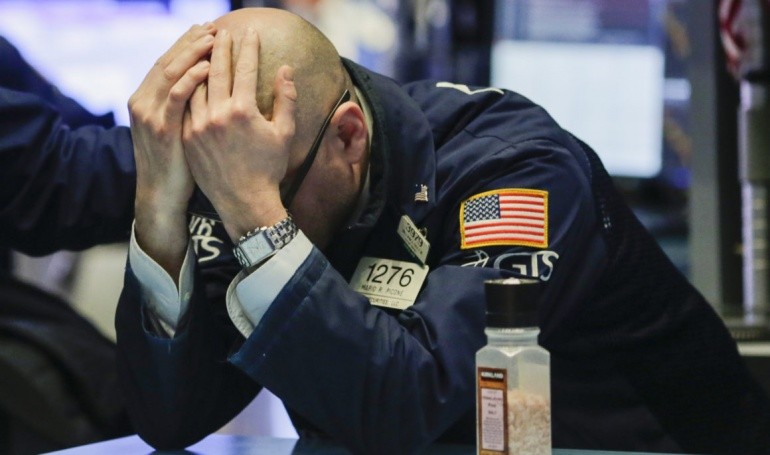Bond Traders Battered After Biggest Loss in Three Decades
3 min read“The name is bond, Treasury bond.”
For the uninitiated, a U.S. Treasury is a low-risk investment, backed on the full faith and credit of the U.S. government.
Buying a Treasury, an investor lends money to the U.S. government, which in turn makes interest payments to bondholders as compensation for the loan provided – the “yield.”
Treasuries are issued with a face value and a fixed interest rate, sold at an initial auction or in the secondary market to the highest bidder.
When there is a lot of demand for Treasuries, their prices are bid up past its face value and they trade at a premium, lowering the yield that the investor will receive since the government only pays the face value on the Treasury when it matures.
For instance, if an investor buys a bond for US$10,100, they will only be repaid the face value of US$10,000 when it matures.
Conversely, if demand for Treasuries is low (which it is now) the yield on that Treasury increase because investors are only willing to pay an amount below a Treasury’s face value – the yield increases for the investor since they can purchase the bond at a discount and be repaid the full face value at maturity.
And the prospect for a sharp economic recovery as well as more Americans getting coronavirus vaccinations is heading Treasuries to their worst quarter since 1980, when then-U.S. Federal Reserve Chairman Paul Volcker was trying to break inflation by raising interest rates.
As the U.S. economy reopens Treasury holders are bracing for even higher yields and more losses to come.
Part of the reason of course is political – Treasuries took a beating when the Democrats took the Senate in January and again when the Biden administration managed to roll out its US$1.9 trillion fiscal stimulus plan.
The Fed has so far folded its hands to pushback against higher Treasury yields.
But it’s hard to see how much longer the Fed can continue to sit back and do nothing, because the government’s borrowing costs influence the interest rates that individuals and businesses pay to borrow money to buy everything from real estate to factory equipment.
And buoyed by its success in pushing through the first massive fiscal stimulus package, the Biden administration is seeking another multi-trillion dollar spending plan, which can only add to Treasury yield volatility.
Some are suggesting that the pace of Treasury losses should be contained, even though volatility looms.
For starters, there is the distinct possibility that despite more Americans being vaccinated, virulent new coronavirus strains and an abandonment of pandemic precautions, could reignite a dreaded fresh wave of infections in the U.S.
And for now, investors have already priced in the disorderly selloff in Treasuries that surprised market participants last month.
Risks remain – the U.S. economy may not grow as quickly as advertised and a fresh wave of infections could force authorities to renew lockdowns, putting a cap on Treasury yields – right now there’s a big gap between expectations and reality, with different visions of what’s possible.

The post Bond Traders Battered After Biggest Loss in Three Decades appeared first on SuperCryptoNews.





![Decentraland: Review & Beginner's Guide [current_date format=Y] 22 Decentraland: Review & Beginner's Guide](https://cryptheory.org/wp-content/uploads/2020/11/decentraland-02-gID_7-300x150.jpg)